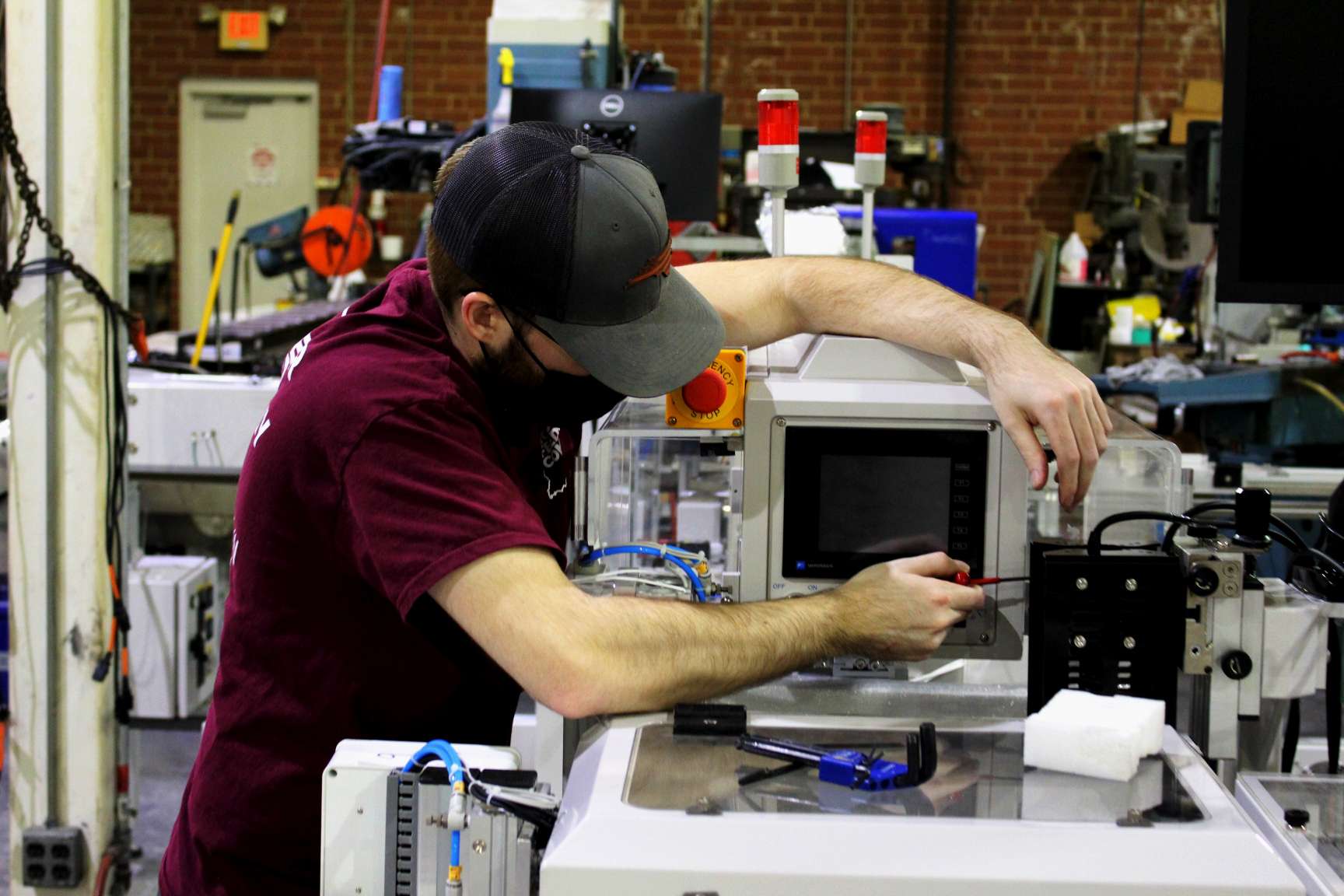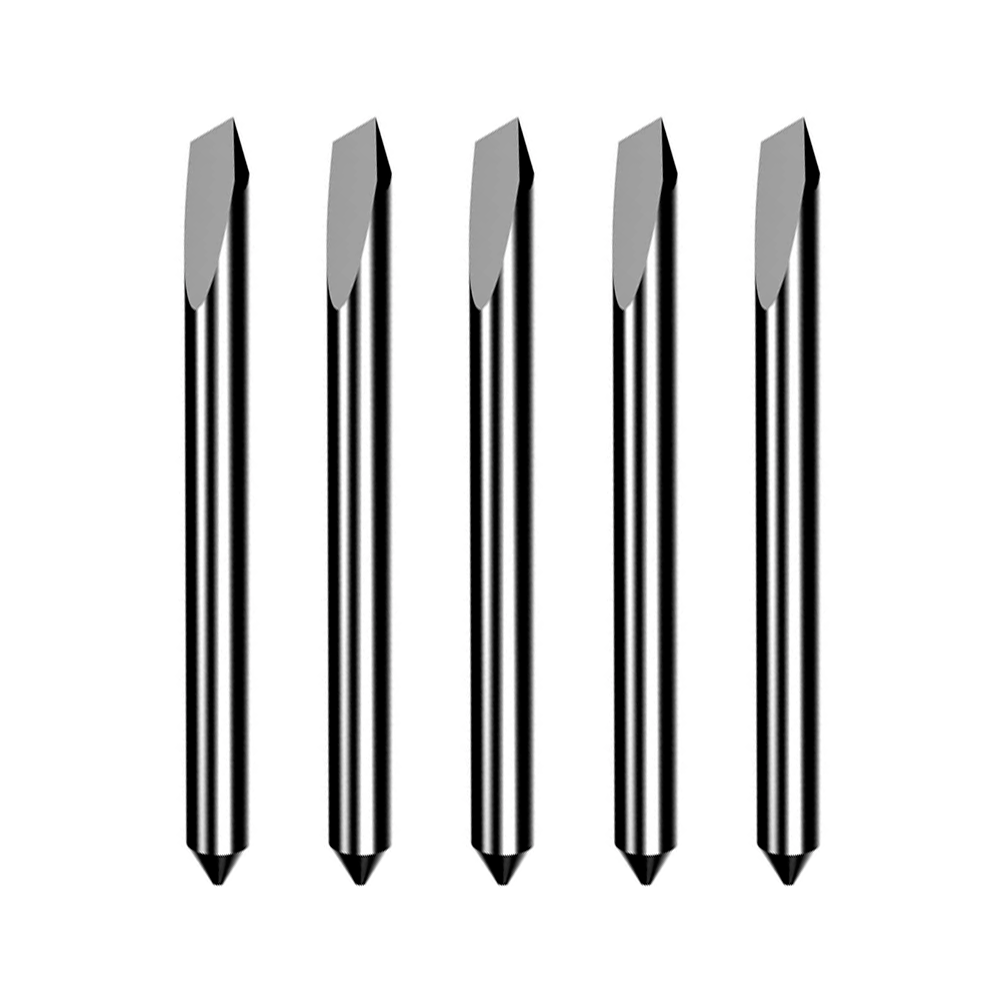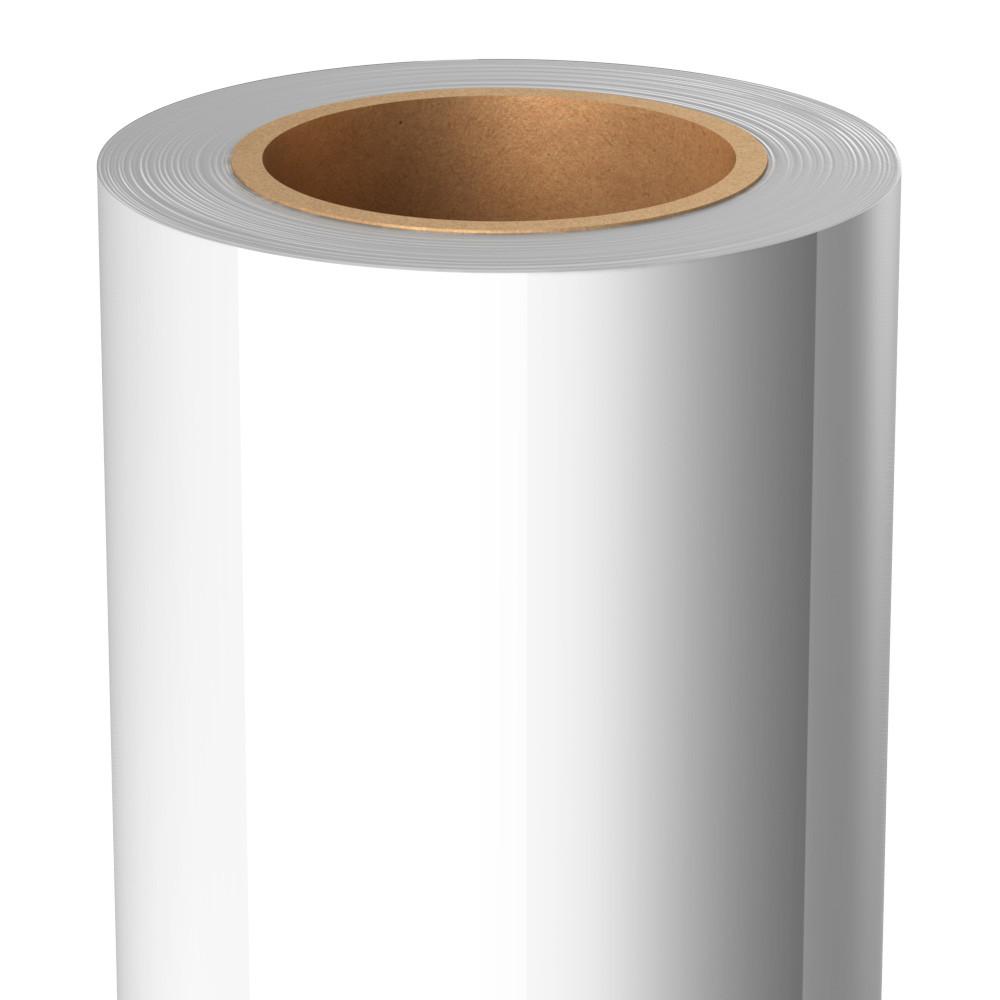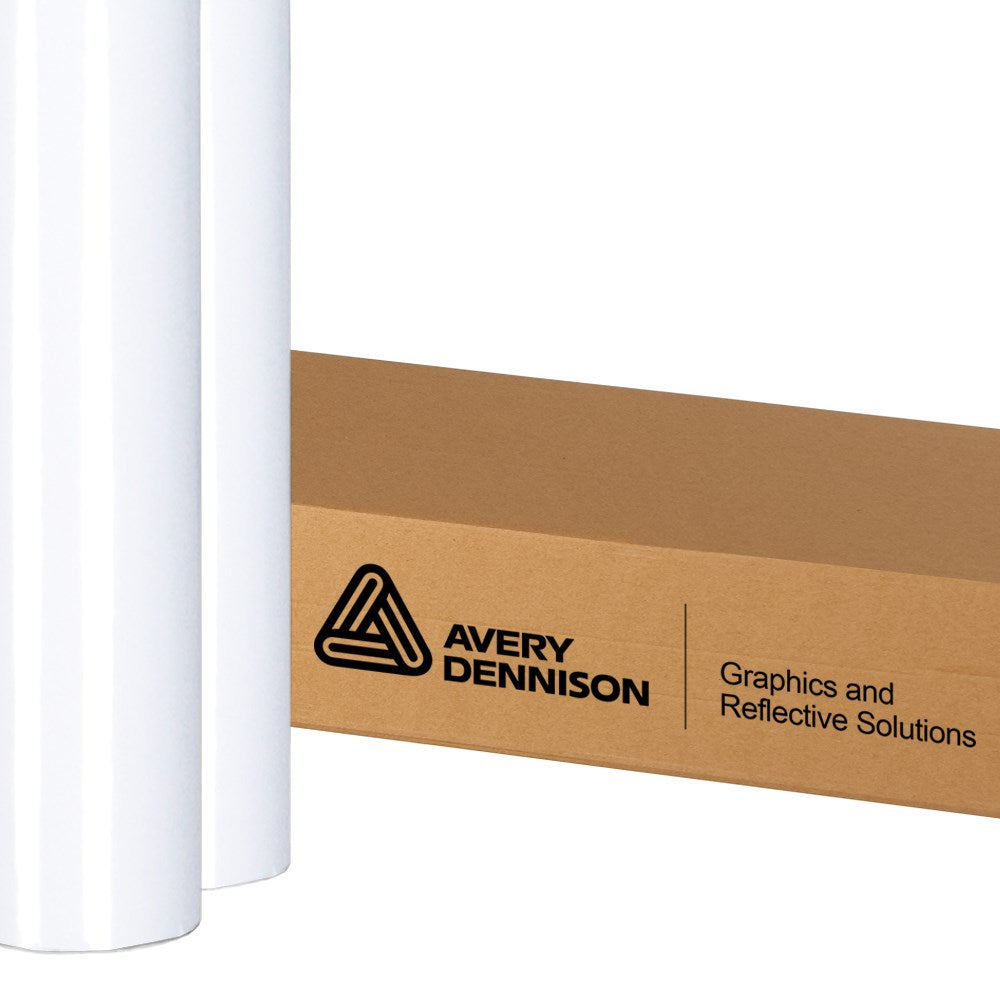Cast vinyl is widely used in many industries due to its range of appealing characteristics. It is well-known for its versatility, durability, and clarity, making it both eye-catching and effective. It’s the perfect choice for those looking to decorate a wall or simply protect a dry-erase board.
Despite the fact that it is very easy to install and remove, there are some considerations to keep in mind, such as whether there is a need to laminate the vinyl for the use you have in mind.
Clear Cast Vinyl Explained
Clear cast vinyls are an ideal choice for businesses looking to create professional graphics without compromising quality. In order to choose the correct materials and equipment, it is necessary to work with the right premium sign supply distributors, such as AirMark, to get the best results.
Cast vinyls offer reliable and precise results due to their versatility. They can be applied on almost any surface and are highly customizable. They are durable and resistant to harsh weather conditions, abrasions, and chemicals, making them far more desirable than other traditional sign supplies.
Most cast vinyl films can safeguard prints from ultraviolet rays, ensuring better sustainability and long-lasting results. With little effort, clear cast films help reduce air bubbles which could produce anomalies during the application process. All in all, cast vinyls are a great choice for outdoor signage due to their flexible nature and remarkable strength.
However, the process of installation can be a bit tricky. It’s best to become familiar with all of the possible ways to use cast vinyls, such as choosing between lamination or not.
When Should You Laminate Cast Vinyl?
When it comes to clear cast vinyl, you might consider laminating it for the best results. It is an effective way of protecting a design on the vinyl from harsh weather conditions, ultraviolet rays, and dirt.
Depending on the sign supplies you choose, many clear PVC films offer excellent abrasion resistance without lamination. However, in cases where a clear film isn’t ideal or adhesion to a specific substrate is needed, a clear cast vinyl laminate is recommended.
By laminating the vinyl, the user assures that the final outcome will be as precise and effective as possible. It is also recommended that you talk to specialists at AirMark to discuss what works best for your project.
Benefits of Cast Vinyl and How to Take Care of It
Cast vinyls are undoubtedly the most efficient solution for signage and adhesive protection because their versatility is perfectly suited for all weather conditions and surfaces. This is helpful to know if you’re not sure whether cast vinyls work for dry-erase boards. In these cases, there are several equipment options to consider.
In order to get the most out of your dry-erase board, supplies such as adhesive clear vinyls or overlays can help protect the surface and extend the life of a board that is in constant use. It is well known that dry-erase boards are used a lot during the day for different tasks, such as teaching, drawing, and note taking. Laminated cast vinyl will last longer than regular adhesive film and provide a sturdy finish that doesn’t easily scratch off like some other options might–it creates an impermeable layer and will make it easier to use without worrying about smudging or staining the board.
Finally, printing on cast vinyl is an effective and powerful way of printing when done correctly. The method of doing so depends on a number of factors, such as the surface of the application and the adhesive of choice. It also works with all kinds of equipment and supplies, so having a clear picture of the desired outcome will be crucial when looking for the perfect vinyl.
The good news is that AirMark provides guidance on the lamination process and the best sign supplies, so make sure to check out our website and don’t hesitate to contact us with any questions.






